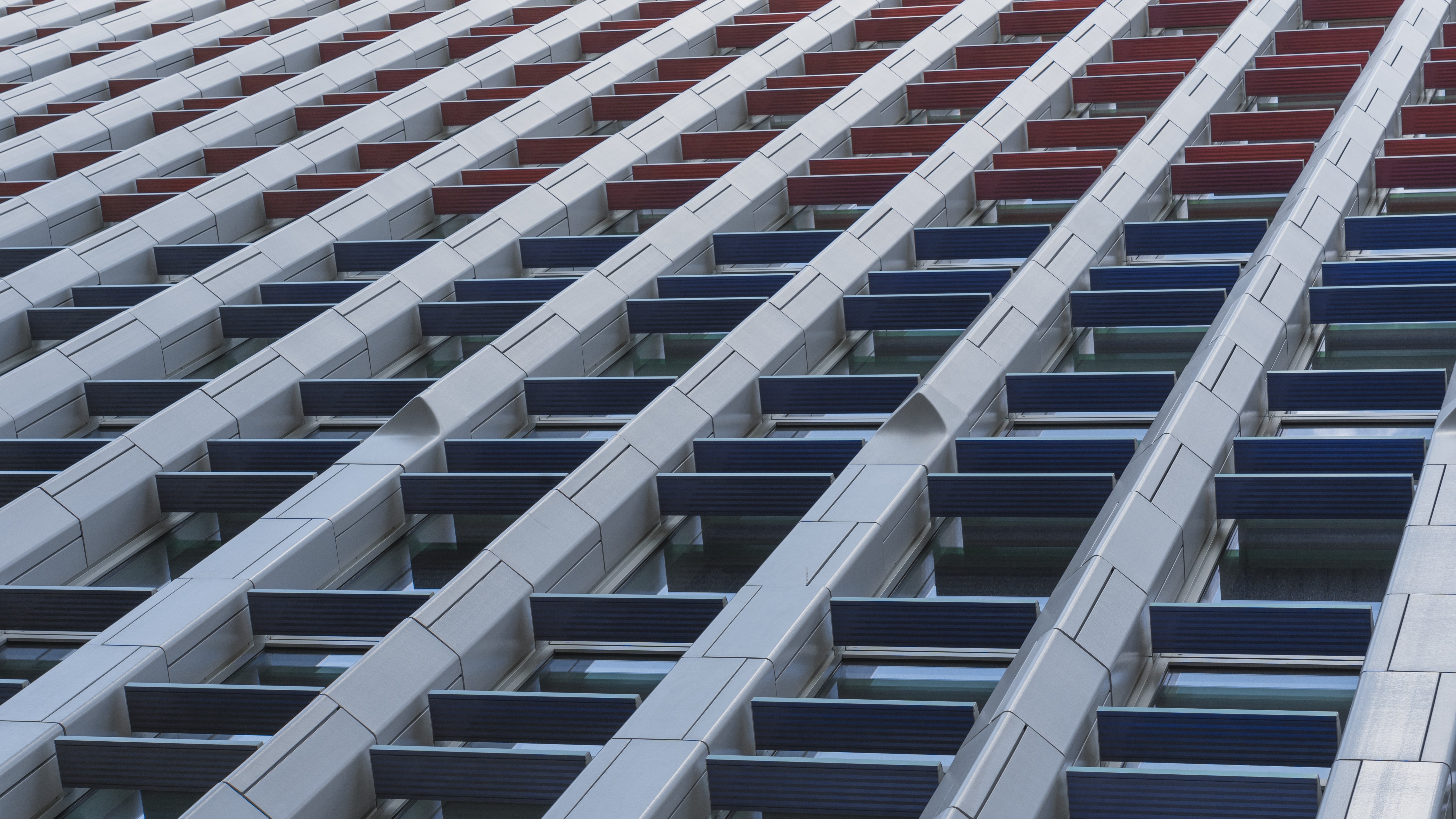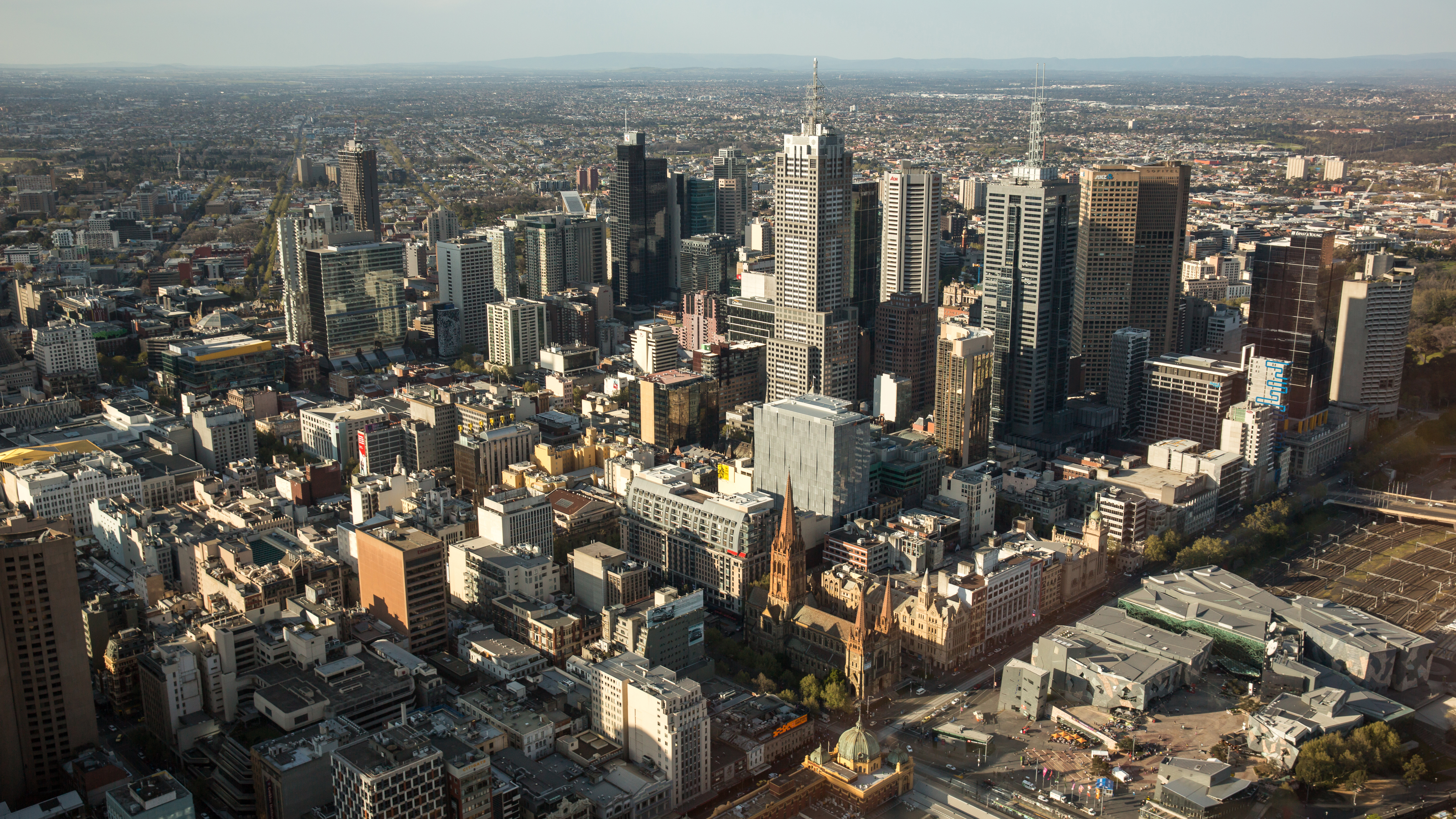
The pandemic has caused a seismic shift in the way we work, thanks to the evolution of remote and hybrid working practices. Alongside this, the sustainability of the built environment has climbed the public agenda, with COP26 and the regeneration of our natural world during lockdown leading to increased criticism of the carbon produced and energy consumed by our offices.
But as people start to return to offices, there is excitement about what this might mean for the future of the workplace. Businesses are thinking about how spaces can be optimised to improve not only performance and productivity but also culture, opportunities to socialise and health and well-being, while making changes to ensure a sustainable future.
As businesses across the UK emerge from Omicron-related restrictions and set out their value proposition to employees, investors and political stakeholders, offices have a chance to prove themselves a unique and valuable part of hybrid working arrangements.
Why the workspace has always evolved
Remodelling the office to reflect changes in working style is nothing new. The late 1990s and early 2000s for instance saw occupiers reject cellular offices in favour of open-plan workspaces that encouraged more interaction.
Subsequently, the adoption of activity-based working and desk sharing over the past five years has reduced the number of traditional desks in favour of a variety of settings to suit a technologically enabled workforce.
COVID-19 has accelerated this trend, increasing the number of hybrid workers and changing occupier requirements for flexible workspaces. This presents opportunities for increased collaboration and social areas, prompting a focus on design features that are attractive to employees.
Fostering connection and partnership between members of staff increases knowledge sharing, training and development opportunities, and is essential for a company's culture.
Over the next few years, many developers and landlords may look to reconfigure their offices to provide a vibrant and collaborative environment and a user experience that cannot be replicated in remote working. This will demonstrate the office's value as the great convener of people, culture and ideas.
Ventilation vital to office health
The health of our offices has also been brought into the spotlight during COVID-19. One area of particular focus has been air quality, with research showing that a well-ventilated space can reduce the risk of infection from airborne particles by more than 70%. The British Council for Offices (BCO) 2021 research paper Thoughts on ventilation design and operation post COVID-19 has therefore called for UK offices to ensure adequate ventilation and continuous indoor air quality monitoring ahead of any return to work.
Many of the paper's recommendations anticipated – and no doubt influenced – the changes in the new Building Regulations, which come into force on 15 June. These require prescribed levels of outdoor ventilation in common spaces, including circulation areas and lobbies, and specific provisions to be applied where air recirculation is used.
There are many practical solutions that buildings can apply to create better airflow. This could be as simple as making sure all occupied spaces have enough windows open, or on the more technical end of the spectrum using smart monitoring to test and regulate air quality in real time via centralised BMS systems.
Well-ventilated spaces are essential in terms of physical health, and there is a clear link between good ventilation and improved mental well-being. Another 2021 BCO report, Designing and managing buildings for health and wellbeing, recommends simple measures such as improving air quality, increasing natural light, and introducing biophilia such as walls of plant life or facilities made of natural materials like wood or stone to improve productivity and well-being, while also reducing the energy consumption of a building.
The pandemic has prompted a much greater emphasis on providing clean, hygienic, and well-ventilated spaces, and the increasingly stringent standards under the new Building Regulations will create a healthier and happier experience for employees as they return to their offices.
Commercial developments take innovative approach
Across the sector, there is also a clear desire to ensure a sustainable future, from developers adopting net-zero targets to the deployment of innovative construction methods.
A prime example of these commitments being put into action is the Forge at Bankside, London. Comprising two new office buildings and a public courtyard, the Forge is the first commercial development recognised by the UK Green Building Council as aligning with its framework definition of net-zero carbon in construction and operations.
It is also the first office to be built using the highly sustainable platform approach to design for manufacture and assembly (P-DfMA). This innovative method takes a manufacturing approach to the design and construction of a building, relying on a superstructure assembled from a set of standardised components, produced offsite and then rapidly assembled on site, helping to standardise practices, saving time and cutting carbon.
By adopting P-DfMA, The Forge’s developer Landsec was able to reduce overall embodied carbon emissions by around 24%, using 18% less primary steelwork and 13% less concrete than a traditional building.
'Across the sector, there is also a clear desire to ensure a sustainable future, from developers adopting net-zero targets to the deployment of innovative construction methods'
The call for offices to be built sustainably is also being answered elsewhere in the world. Powerhouse Brattørkaia in Trondheim, Norway, is the world's northernmost energy-positive building. Certified to a BREEAM 'outstanding' rating, the efficient use of solar power compensates for all energy used during the building's life cycle.
Going beyond net zero, the Powerhouse generates more renewable energy during operation than was used during construction, including the embodied energy of materials and potential disposal.
It was built as a fossil-fuel-free construction site, with no direct carbon emissions. The building gives back to the community as well, with surplus renewable energy supplied to neighbouring buildings as well as electric buses in the city.
Improving offices at the smaller scale
The Forge and Powerhouse Brattørkaia are best-in-class examples of offices that are sustainable in both their construction and operation. However, at a smaller scale, there are also opportunities for businesses to use their existing offices to encourage more sustainable behaviours from their employees, such as cycling to work.
By implementing design changes in office space to increase provision of shower cubicles, locker space and storage facilities, employers can support staff walking, cycling and running to the office rather than driving.
Changes to the configuration of the workspace, ventilation systems and sustainability practices are improvements that will benefit current and future workforces as they return to office. To help businesses make these upgrades and other design adaptations, BCO is also collecting expertise to prepare a new guide to office fit-out.
The return to the office will also remind workers across the country of the intrinsic value of their shared workplace, including its role as a great leveller, an attractor of talent and a source of knowledge and insight.
Although some employees' home working involves sitting at large desks with ergonomic chairs in an office flooded with natural light, others have to hunch over shared kitchen tables with poor internet connectivity. They can also lack adequate provisions such as private space with good lighting, adjustable monitors or a separate mouse and keyboard. The office in contrast can provide healthy, hi-tech surroundings, offering a level playing field where employees can develop.
In coming months, businesses can celebrate the value their offices bring to them as corporate entities, but also as employers of people, incubators for talent, and safe and healthy space where people can do their best work. As occupancy rates across the country bounce back, it is clear that the role of the office as a space for people to convene, collaborate and create remains unmatched.
Related competencies include: Construction technology and environmental services, Design and specification

